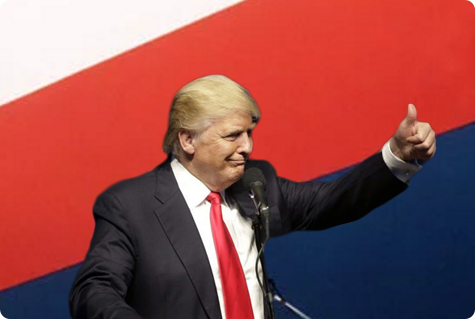
The final word on the summit between Donald Trump and Korean President Kim Jong Un can be considered very positive and, in this sense, the meeting has been a success. North Korea is an unstable dictatorship with regard to foreign policy; it is strongly nuclearized and in recent years has conducted numerous ballistic missile tests in a growing defiance of the U.S. and its neighbors.
The pre-war hostility of just a few months ago, including the personal threats between both presidents, has disappeared. The four points signed by Trump and Kim ratify the beginning of a new era between the countries but neither party has made any specific commitments. The normalization of diplomatic relations between the United States and North Korea, the exchange of prisoners of war, the denuclearization of the Korean Peninsula and the signing of a peace treaty between both Koreas that definitively ends the war which was waged between 1950 and 1953 are goals that both presidents now leave in the hands of diplomats. In any case, the statement — pretentious in words, minimal in details — would not have been possible without the thaw during the Winter Olympic Games generated by South Korean President Moon Jae-in, and China’s mediation.
Contrast this diplomatic achievement of the U.S. president, and how comfortable he has been with the North Korean dictator, with the confrontations experienced between the same president and the leaders of the other six most industrialized countries in the world — which are also democracies — during the Group of Seven leading industrial nations summit last weekend in Canada. If he has built bridges with Kim Jong Un, he has dug a deep pit in front of his G-7 allies, accusing the Canadian prime minister of lying. Trump gives the impression of being better understood face-to-face with authoritarian regimes than with representatives of democracies. But these are the true partners of the United States.

Leave a Reply
You must be logged in to post a comment.